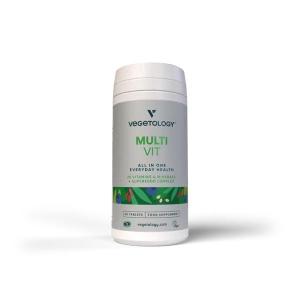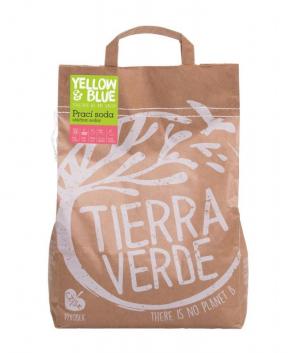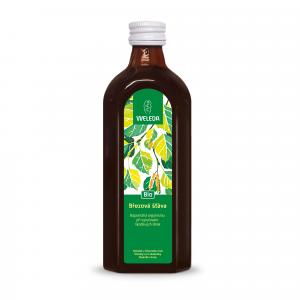Butylhydroxytoluene (BHT)
Other names: Butylated Hydroxytoluene; BHT; 2,6-di-tert-butyl-4-methylphenol; 2,6-di-tert-butyl-p-cresol (DBPC); 3,5-di-tert-butyl-4-hydroxytoluene, E321
Harm score: 4 (Slightly harmful chemistry)
Butylhydroxytoluene, also known by the names Butylated Hydroxytoluene, BHT, 2,6-di-tert-butyl-4-methylphenol, 2,6-di-tert-butyl-p-cresol (DBPC), 3,5-di-tert-butyl-4-hydroxytoluene or by the code E321, is a substance widely used as an antioxidant. The main function of this chemical compound is to prevent oxidation and deterioration of products, especially in the food industry, and thus prolong their shelf life. Its main areas of application are food categories such as cereals, pasta, various types of nuts, fried and dried foods, powdered milk and milk substitutes.
In addition to the food industry, BHT can also be found in cosmetics and pharmaceuticals. In cosmetics, it is found in products such as lipsticks, creams, shampoos, deodorants and sunscreens, where it provides fragrance and colour stability. In pharmaceuticals, BHT is mainly used as a stabilizer in various pharmaceutical products to prevent their oxidation. It is also a component of some veterinary preparations. It is also used as an additive in motor and industrial oils, where it helps to increase their durability by preventing corrosion.
You won't find this substance in our products. Try the natural, chemical-free products in our range.

MultiVit - Multivitamins and minerals for vegans, 60 tablets
Product detail
Washing Soda (5 kg bag) - for making homemade powder
Product detail